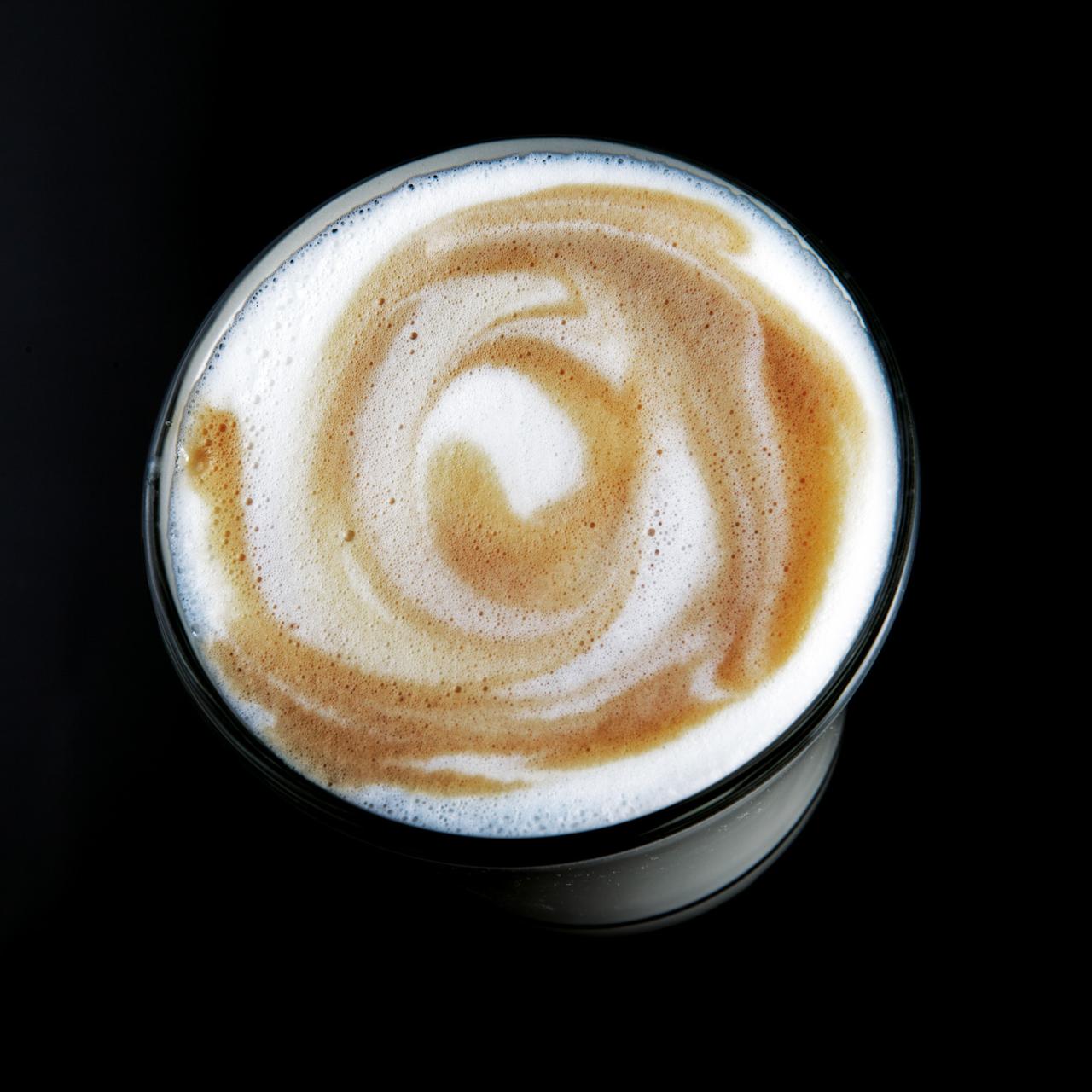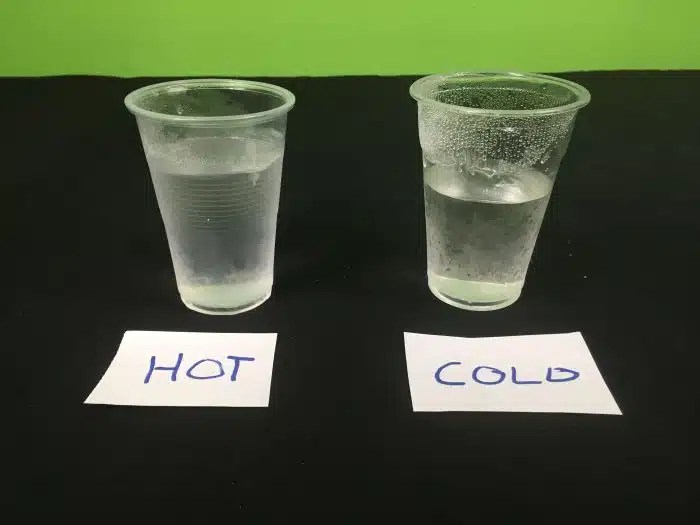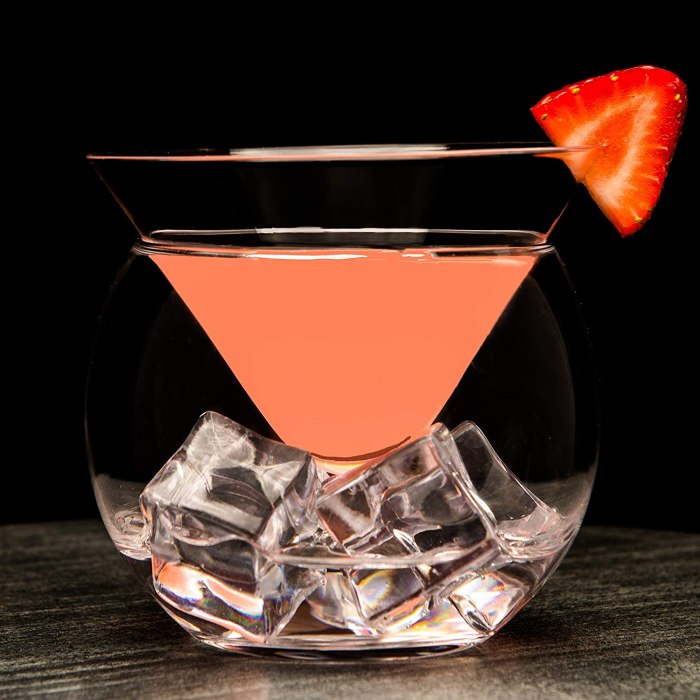Hot glasses look the same as cold glasses – In the realm of glassware, the visual similarity between hot and cold glasses presents a captivating enigma. This article delves into the intriguing world of glass properties, revealing the subtle differences that belie their apparent sameness. By examining the physical characteristics, design implications, and factors influencing their appearance, we uncover the nuances that distinguish these seemingly identical vessels.
The subsequent paragraphs explore the topic with descriptive and clear information, providing a comprehensive understanding of hot and cold glasses.
Definition of Hot and Cold Glasses

Hot and cold glasses refer to glassware specifically designed for holding and consuming beverages at different temperatures. These glasses exhibit distinct physical properties that cater to the unique characteristics of hot and cold drinks.
Hot glasses are typically made of heat-resistant materials such as borosilicate glass, which can withstand high temperatures without shattering. They often feature thick walls and double-walled construction to minimize heat transfer and protect the user’s hands from burns.
Cold glasses, on the other hand, are designed to maintain low temperatures. They are often made of thinner glass and may incorporate features such as insulation or a frosted exterior to reduce condensation and keep drinks chilled.
The type of glass used for hot and cold beverages also varies. Hot glasses are commonly made of tempered glass, which is strengthened through a heat treatment process, while cold glasses may be made of annealed glass, which is cooled slowly to reduce internal stresses.
Examples of common hot glasses include coffee mugs, teacups, and heat-resistant tumblers, while examples of cold glasses include beer glasses, wine glasses, and cocktail glasses.
Visual Comparison of Hot and Cold Glasses

At first glance, hot and cold glasses may appear similar in appearance. However, closer examination reveals key visual differences that reflect their intended use.
One notable difference is the thickness of the glass. Hot glasses tend to have thicker walls to withstand heat and prevent burns, while cold glasses have thinner walls to minimize heat transfer and keep drinks chilled.
Another difference is the shape of the glass. Hot glasses often have wider bases and narrower openings to retain heat, while cold glasses may have taller, narrower shapes to promote air circulation and prevent condensation.
These visual differences can significantly affect the user experience. Thicker hot glasses provide a more comfortable grip and prevent burns, while thinner cold glasses allow for easier sipping and maintain a chilled temperature.
Factors Affecting the Similarity in Appearance

Despite their distinct properties, hot and cold glasses often share a similar appearance due to several factors:
Glass Thickness:The thickness of the glass plays a crucial role in determining the appearance of both hot and cold glasses. Thicker hot glasses are designed to withstand heat, while thinner cold glasses are designed to maintain low temperatures. However, the use of modern glass technologies, such as double-walled construction, allows for the creation of hot glasses that appear thin and cold glasses that appear thick.
Shape:The shape of the glass can also affect its thermal properties. Wide-based, narrow-mouthed hot glasses retain heat more effectively than tall, narrow cold glasses. However, innovative designs, such as vacuum-insulated tumblers, can achieve similar thermal performance with different shapes.
Other Factors:Additional factors, such as the type of glass used and the presence of insulation or frosting, can also influence the similarity in appearance between hot and cold glasses.
Implications for Glass Design: Hot Glasses Look The Same As Cold Glasses

The similarity in appearance between hot and cold glasses presents both challenges and opportunities for glass designers:
Challenges:Designing glasses that look similar but serve different purposes requires careful consideration of factors such as glass thickness, shape, and thermal properties. Designers must strike a balance between aesthetics and functionality to ensure that the glasses meet their intended use.
Opportunities:The similarity in appearance can be leveraged to create innovative glass designs that cater to different preferences and occasions. For example, double-walled glasses can provide the benefits of both hot and cold glasses in a single design, while vacuum-insulated tumblers offer portability and thermal performance in a sleek and stylish package.
Examples:Innovative glass designs that address the challenge of creating glasses with similar appearances but different purposes include double-walled coffee mugs, vacuum-insulated wine glasses, and frosted beer glasses that maintain a chilled temperature while preserving the beer’s appearance.
User Queries
Why do hot and cold glasses look the same?
Hot and cold glasses often appear similar due to the transparency and refractive index of glass, which remain relatively constant regardless of temperature.
Can you tell if a glass is hot or cold just by looking at it?
In some cases, yes. Slight distortions or shimmering effects near the rim of a glass can indicate that it contains a hot liquid.
What factors affect the appearance of hot and cold glasses?
Factors such as glass thickness, shape, and the presence of condensation or frost can influence the visual perception of hot and cold glasses.